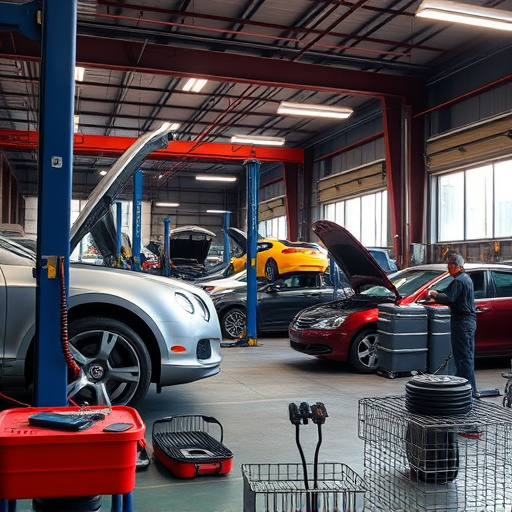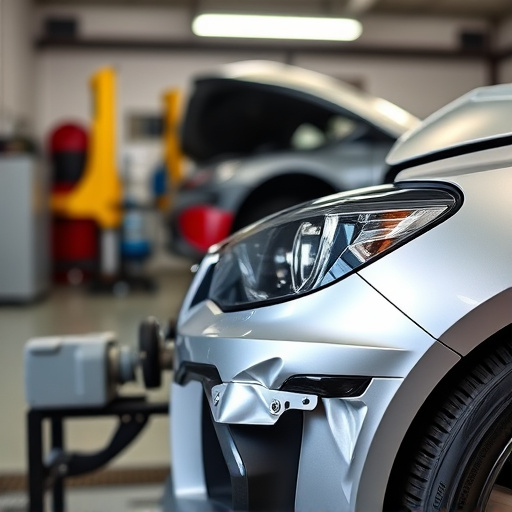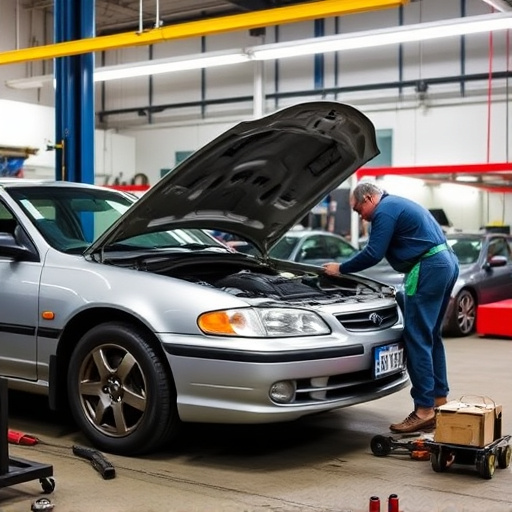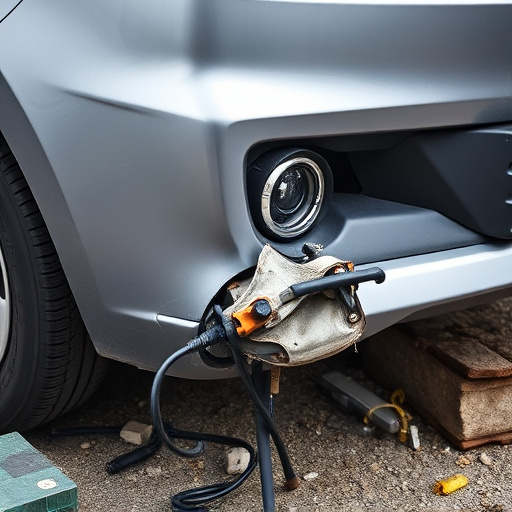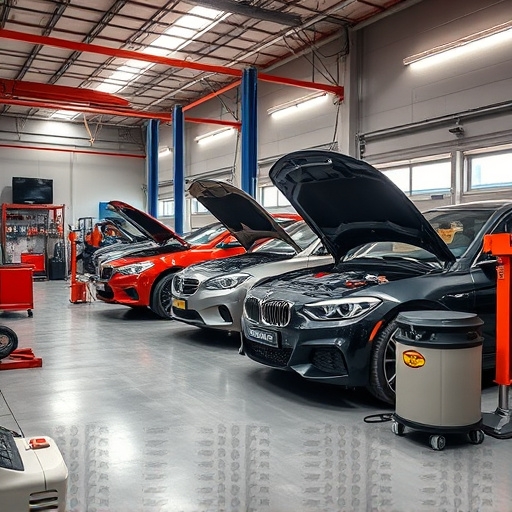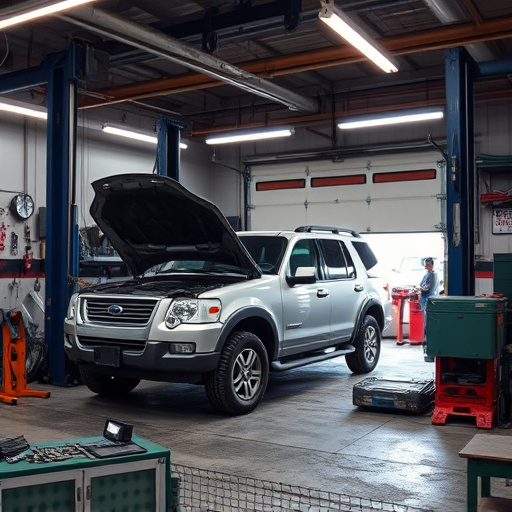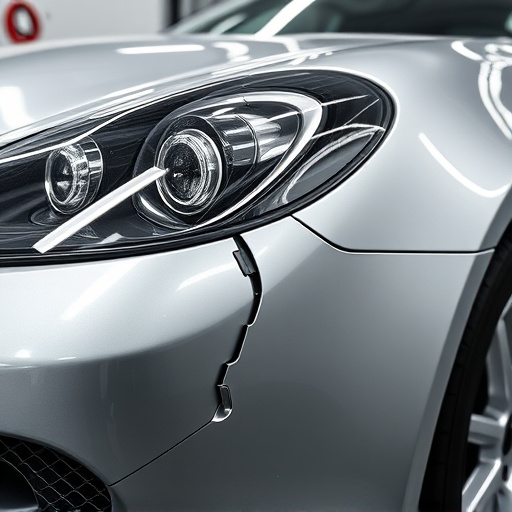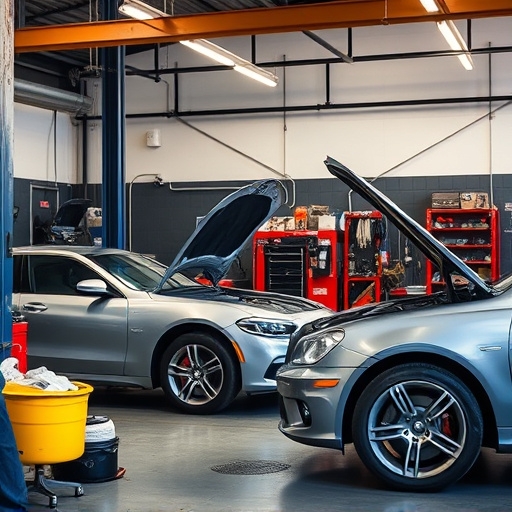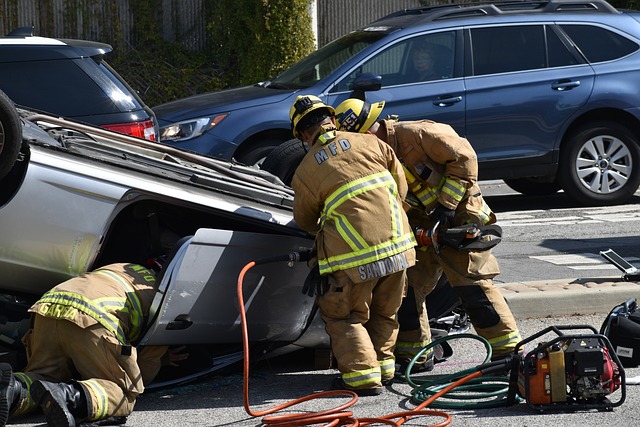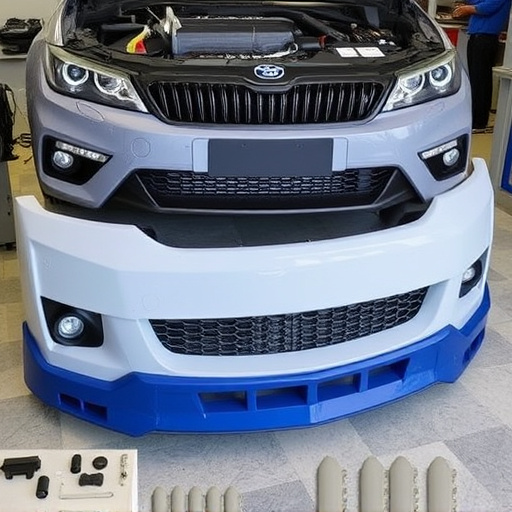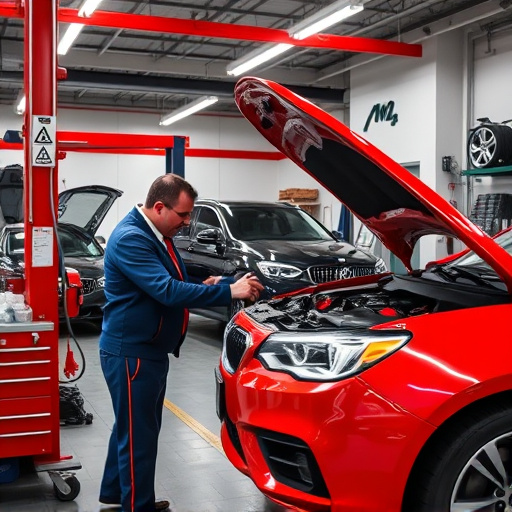Mercedes gap measurement is a critical process for maintaining the structural soundness and visual appeal of Mercedes cars during repairs or restoration. It involves using specialized tools to accurately measure body panel spacing against manufacturer standards, ensuring replacement parts align perfectly. This meticulous technique is essential in auto body shops to achieve a "like new" finish, meeting customer expectations for high-quality, precise work.
Mercedes gap measurement is a critical aspect of automotive craftsmanship, ensuring seamless panel integration in vehicle manufacturing. This precise technique defines the spacing between body panels, impacting both aesthetics and structural integrity. Accurate gap measurement is paramount for achieving a flawless finish, as even minor discrepancies can compromise the overall quality and visual appeal of Mercedes vehicles. In this article, we explore the fundamentals, significance, and best practices for achieving precise Mercedes gap measurement.
- Understanding Mercedes Gap Measurement: The Basics
- Why Precise Gap Measurement Matters for Panel Integration
- Best Practices and Tools for Accurate Mercedes Gap Measurement
Understanding Mercedes Gap Measurement: The Basics
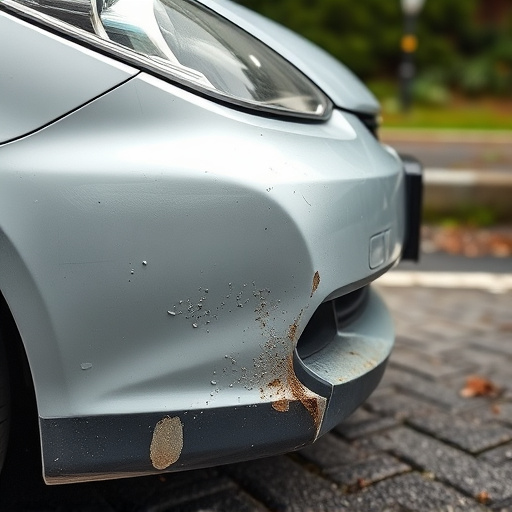
Mercedes Gap measurement is a precise technique used to determine the exact spacing between various components of a vehicle’s body panel. This critical process ensures that when panels are replaced or repaired, they fit seamlessly and maintain the car’s structural integrity and aesthetic appeal. By accurately measuring the gap, auto repair services can identify even the smallest discrepancies, ensuring every replacement part aligns perfectly during car restoration procedures in a car body shop.
This technique involves using specialized tools to gauge the distance between edges of panels, such as doors, fenders, or hoods. The measurements are then compared against manufacturer specifications to guarantee proper alignment. In the world of Mercedes vehicles, known for their meticulous craftsmanship and attention to detail, precise Mercedes gap measurement is an indispensable step in any repair or restoration process, ensuring that the finished product looks as good as new.
Why Precise Gap Measurement Matters for Panel Integration
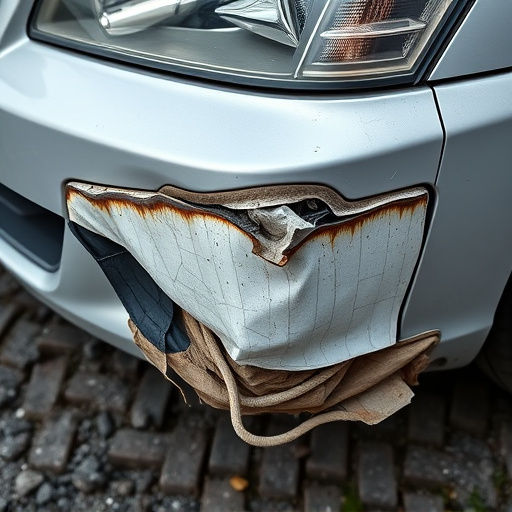
In the realm of auto body restoration, precise gap measurement is paramount when integrating panels, ensuring seamless finishes that enhance a vehicle’s aesthetics and structural integrity. Mercedes gap measurement techniques go beyond mere accuracy; they are the linchpin for achieving flawless panel alignment. Even the slightest miscalculation can lead to unsightly gaps or misaligned edges, detrimental to both the car’s visual appeal and its overall performance.
This meticulous process is especially crucial in the auto detailing sector, where customers seek not just a repair but a transformation. Accurate gap measurement enables technicians to replicate the original manufacturer specifications, guaranteeing that each panel fits perfectly, much like a symphony of metal, contributing to the overall quality of tire services rendered and ensuring customer satisfaction.
Best Practices and Tools for Accurate Mercedes Gap Measurement
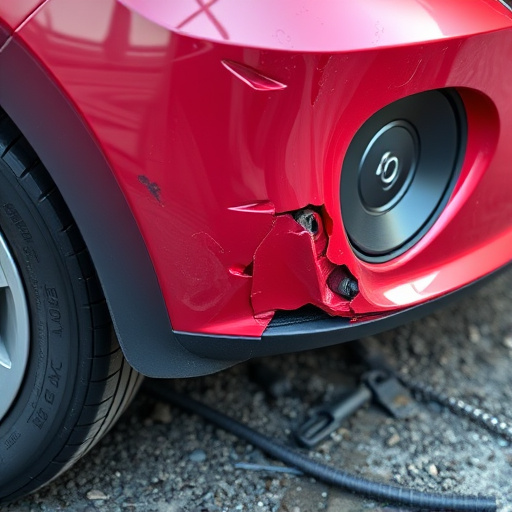
When it comes to Mercedes gap measurement, precision is key for achieving seamless panel integration. Best practices involve utilizing specialized tools designed for accurate measurements, such as laser gap sensors or digital calipers. These tools ensure consistent and repeatable results, reducing human error. It’s crucial to calibrate them regularly and follow manufacturer guidelines for optimal performance.
For auto repair services focusing on Mercedes vehicles, investing in high-quality measurement tools is a must. Alongside tire services and auto dent repair, precise gap measurement contributes to the overall quality of bodywork. By adhering to these best practices, technicians can guarantee that panels fit perfectly, enhancing both the aesthetics and structural integrity of the vehicle.
Mercedes gap measurement is a crucial aspect of ensuring seamless panel integration in automotive manufacturing. By accurately measuring the gaps between panels, manufacturers can achieve precise alignment and a flawless finish. This not only enhances the aesthetic appeal but also guarantees structural integrity and water tightness. Adhering to best practices and utilizing advanced tools for Mercedes gap measurement is essential to meet high-quality standards and customer expectations.

